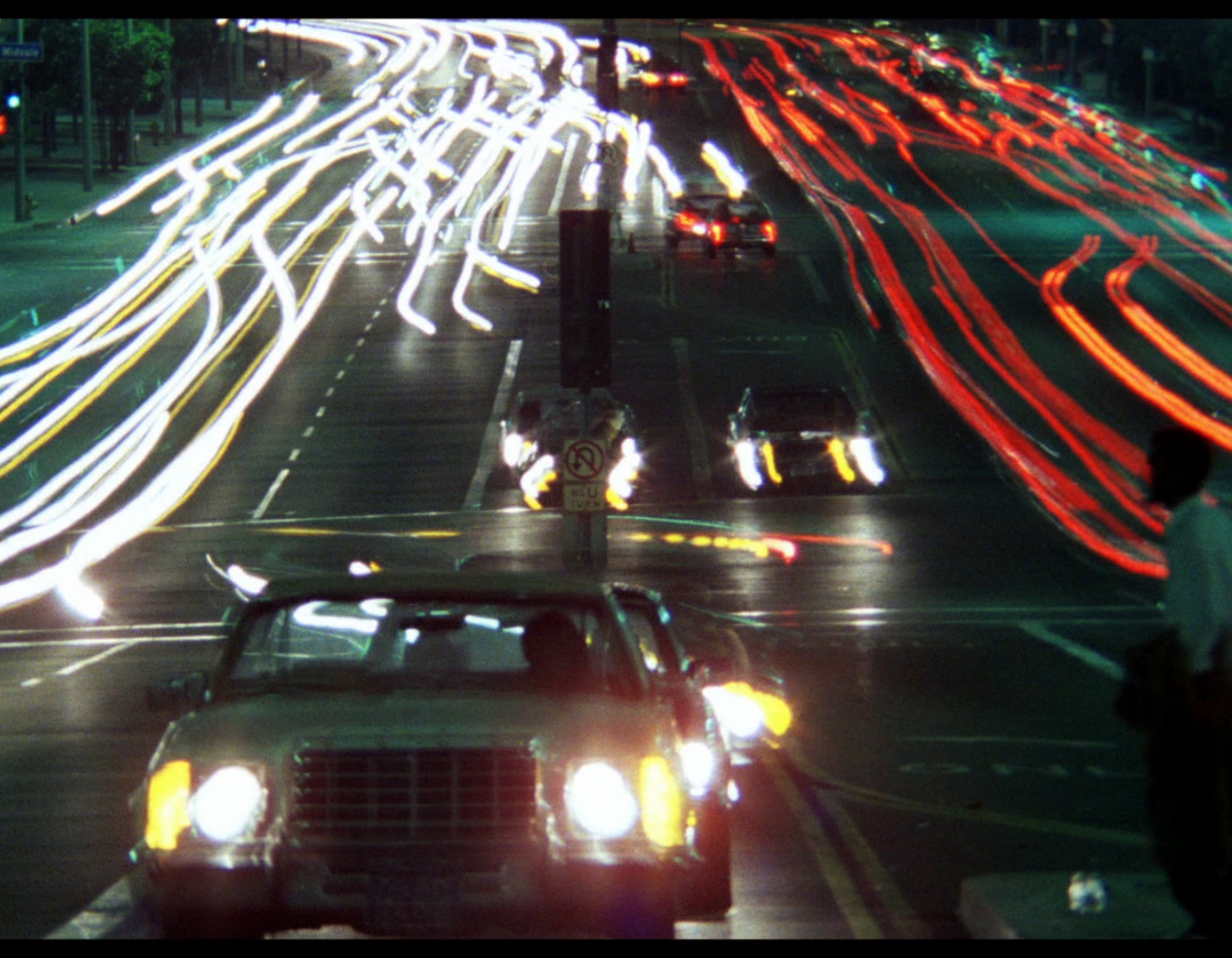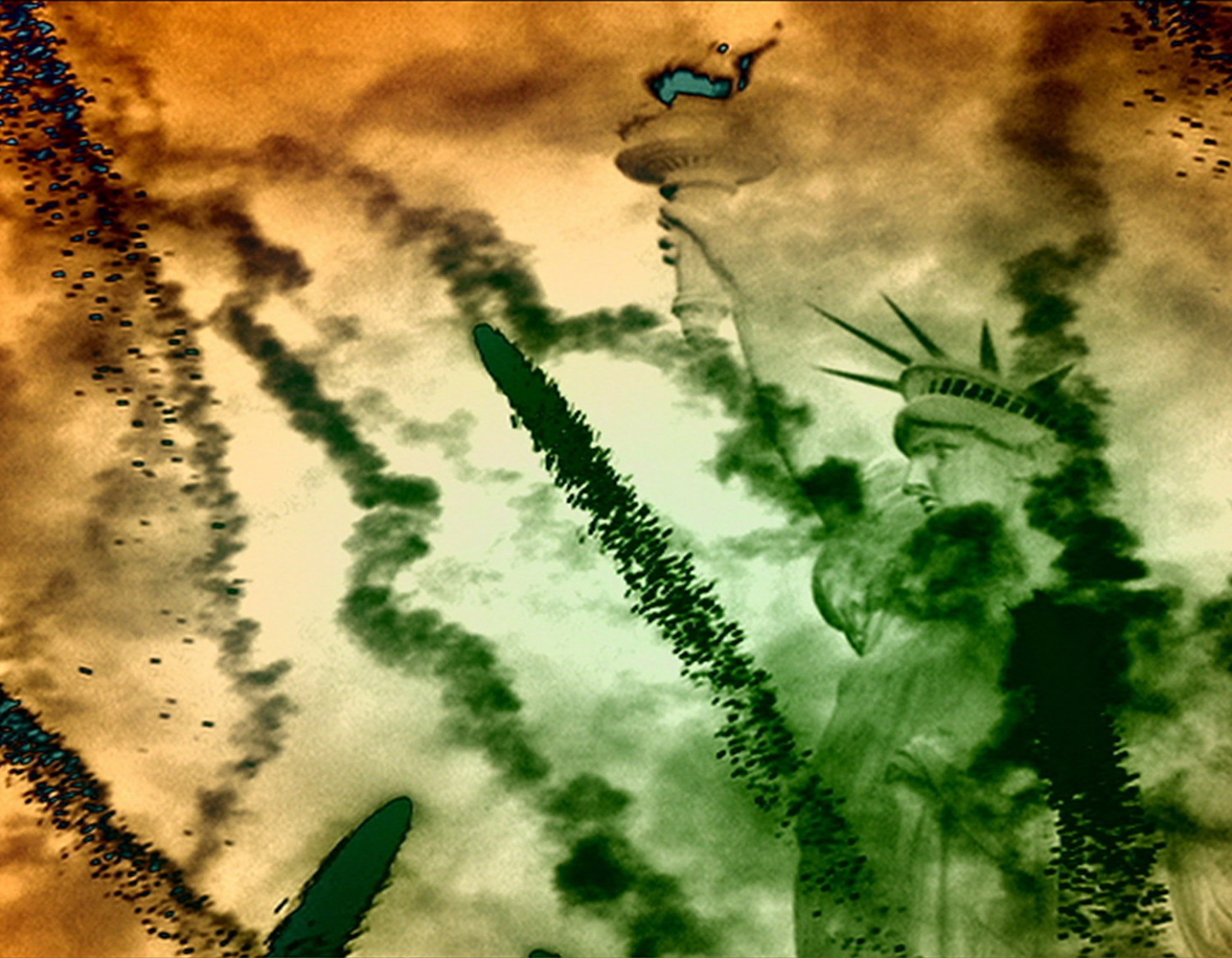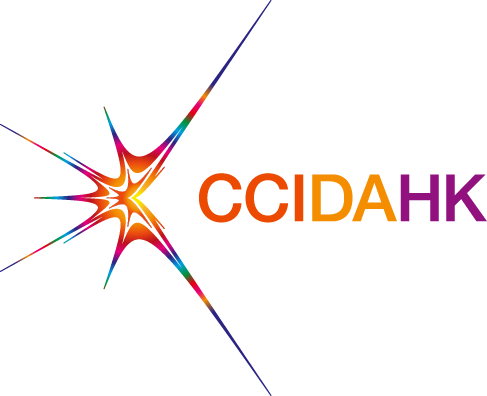Programme
Seeing the Unseen Godfrey Reggio’s The Qatsi Trilogy
In his Qatsi (= life) Trilogy, former Catholic monk and artist-cum-activist Godfrey Reggio’s critique of technology is not a message, but manifests as cinematic method in the form of non-fiction and wordless, visual narrative. Between poetry and discourse, and via torrents of images transported through Philip Glass’ music, cinema becomes, in Reggio’s own terms, a ‘sacrament’ directly confronting the technicised human world by firing it up.
In his unique universe, images of nature, urbanity, human conditions, space technology, militarism and consumer culture all share the same image space nonhierarchically, articulating what Reggio describes as the ‘unity imperatives’ of technological society. They blend into one another and juxtapose without any plot function. The world is like a new organism – breathlessly pulsating, horizonless, and as real as it is virtual. An image may hiss, scream, stagger, dash off, blink, swerve and swirl – that’s all cinema doing it. Slow motion, reverse backward play, time-lapse, superimposition, computer-graphics, synthetic images, found footage, augmented vision and more are all at Reggio’s free disposal, without symbolic burden, and stripped of conventional usage.
To Reggio, the celluloid film is about the negative becoming the positive; and negation is a way to resist destiny, to bring about change by learning to feel strange for what has become routine. Cinema and imagemaking would remain that liminal space to uphold perceptual estrangement, and camera presence, from within or outside our planet, to make concrete and visible the unseen.







